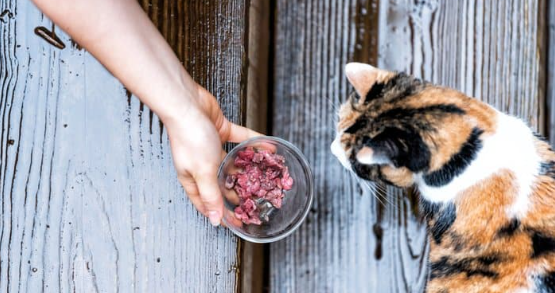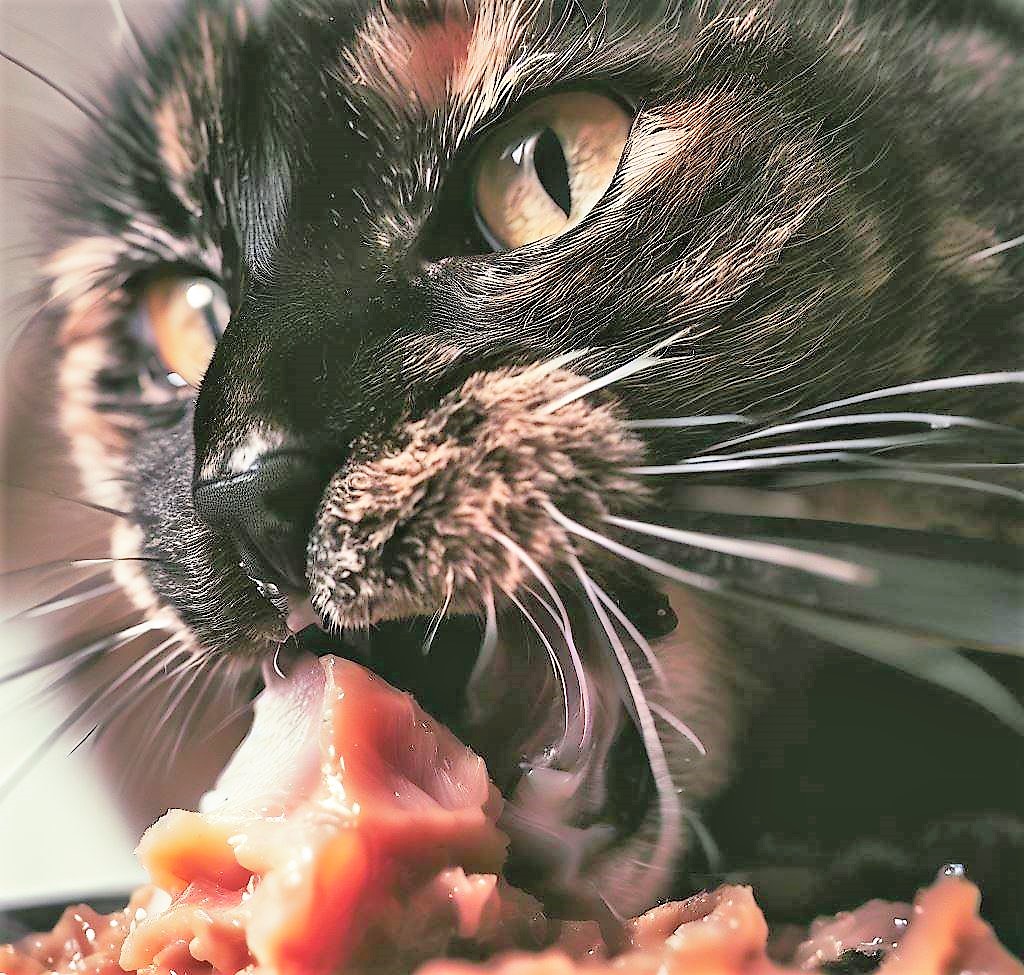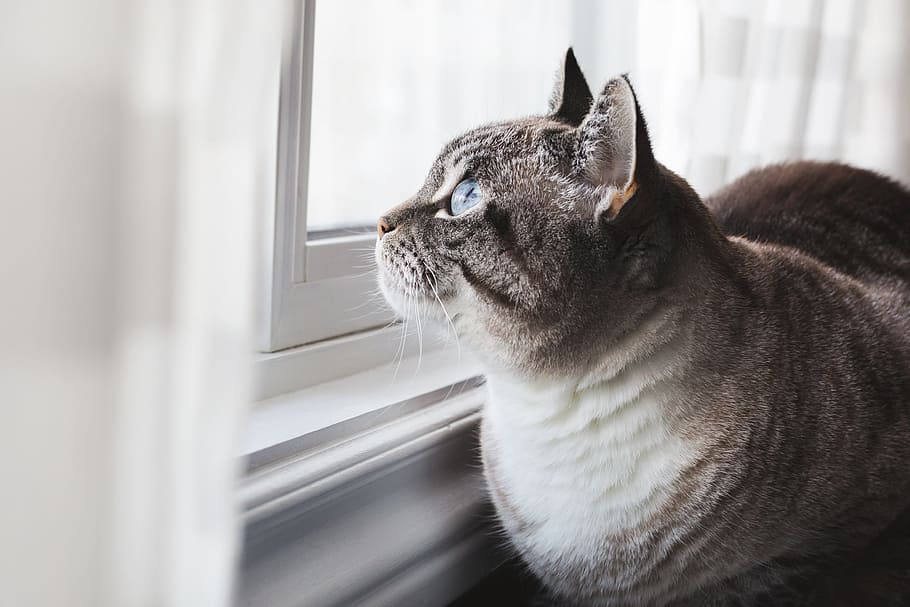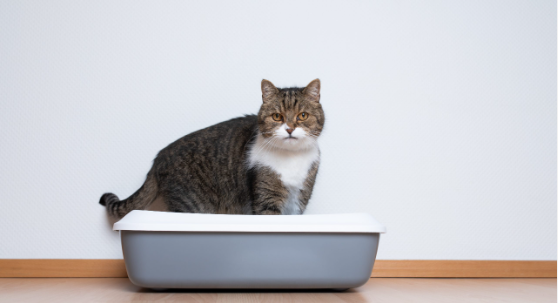What can I feed my cat instead of cat food?
The Importance of a Balanced Diet for Cats
What can i feed my cat instead of cat food? Cats, like humans, require a balanced and nutritious diet to remain healthy. A well-balanced diet helps maintain the proper weight, promotes healthy organ function, supports the immune system, and provides energy for daily activities. Feeding your feline friend a poor quality or unbalanced diet can result in various health issues such as obesity, gastrointestinal problems, dental disease, and kidney disease.
Cats are obligate carnivores which means they require certain nutrients that are only found in animal-based proteins like taurine and arachidonic acid. These nutrients are essential for maintaining proper vision, heart function, and immune system health.
Additionally, cats need other important nutrients such as vitamins (A, D, E, K), minerals (calcium and phosphorus), fatty acids (omega-3s), amino acids (methionine), and water-soluble fibers (such as pumpkin or sweet potato). These can all be found in high-quality commercial cat food but it’s not always easy to find a brand that meets all these dietary requirements while being affordable.
What can I feed my cat instead of cat food? Reasons to Look for Alternatives to Commercial Cat Food
There are several reasons why you might want to explore alternatives to commercial cat food. Firstly some cats may have allergies or sensitivities to certain ingredients commonly found in commercial cat foods such as grains or chicken. Secondly, some owners prefer feeding their pets a more “natural” diet that is free from preservatives or artificial colors/flavors/preservatives often present in commercial pet foods.
homemade meals give you more control over the quality of ingredients used which ensures your pet is getting the best possible nutrition without fillers. Additionally, some people may prefer sourcing locally available meat products that would otherwise go wasted.
This option has positive environmental ramifications since it reduces the carbon footprint that comes with commercial pet food manufacturing and distribution. Whatever your reason for exploring alternative cat foods, it’s important to consult with a veterinarian before making any significant changes to your cat’s diet.
Homemade Cat Food

Cats are obligate carnivores, which means that they need to have high levels of protein in their diets to thrive. While commercial cat food is formulated to provide the necessary nutrients for cats, some pet owners prefer preparing their own cat food because it gives them control over the quality and ingredients that go into their pets’ meals. Homemade cat food can be an excellent alternative to commercial cat food if done correctly.
Benefits of homemade cat food
The key benefit of homemade cat food is that you can control the quality of ingredients. You know exactly what goes into your pet’s meals, and you can avoid fillers, preservatives, and other unhealthy additives commonly found in commercial cat food.
Additionally, homemade cat food is often fresher than store-bought alternatives. Another advantage is the flexibility you have with homemade meals.
You can tailor your recipes to fit your pet’s specific dietary needs and preferences. For example, if your cat has allergies or sensitivities to certain ingredients, you can omit them from your recipes.
Recipes for homemade cat food
When preparing homemade cat food, it’s essential to ensure that all necessary nutrients are included in the recipe. A balanced diet should consist of protein (from animal sources), fats (from animal sources or plant-based oils), and carbohydrates (from vegetables). Here are three easy-to-follow recipes for making homemade cat food:
1) Chicken and Rice Recipe: Combine cooked chicken breasts (diced or shredded) with cooked brown rice in a 1:1 ratio. Add a small amount of steamed vegetables such as sweet potato or green beans for added nutrition.
2) Fish and Vegetable Recipe: Cooked fish (such as salmon) mixed with pureed carrots and green beans make an excellent meal for cats who love fish.
3) Beef and Liver Recipe: Cook beef liver, lean ground beef, and brown rice in a 1:1:1 ratio. For added nutrition, include pureed vegetables like broccoli or carrots.
It’s important to note that some ingredients may not be suitable for your cat’s digestive system. Always do research and consult with your veterinarian before introducing new foods to your cat’s diet.
What can I feed my cat instead of cat food?The Raw Food Diet: A Natural Alternative for Your Cat
As the name suggests, the raw food diet involves feeding your cat raw meat, bones, and organs. Supporters of this diet claim that it is a more natural and healthy alternative to commercial pet food.
Some of the benefits of a raw food diet for cats include cleaner teeth and healthier skin and coat. Raw food diets are also believed to reduce the risk of certain health problems such as obesity.
How to Prepare a Raw Food Diet for Cats
Preparing a raw food diet for your cat requires careful planning and preparation. The first step is to select high-quality meats from trusted sources.
It is essential to choose meats that are fresh and free from antibiotics, hormones, preservatives, or other additives. Chicken, turkey, beef, lamb, or rabbit are commonly used in raw cat diets.
The second step is to grind or chop the meat into small pieces that your cat can easily consume. Bones should be ground as well since cats cannot digest them properly if they are not crushed or pulverized.
Organs like liver, kidney, or heart should also be included in small amounts since they provide essential nutrients like vitamins A and B12. It’s important to store the prepared raw food properly in sealed containers in the refrigerator or freezer until ready to use.
Meat Selection & Supplements
When selecting meat for your cat’s raw food diet make sure it comes from clean sources without any harmful substances or additives that could harm them over time; always prioritize grass-fed animals over those who were raised on grains. It’s important not only to feed your cat protein but also to include supplements like taurine (critical for heart function), calcium (needed for strong bones), omega-3 fatty acids (which help with inflammation), and vitamin E (an antioxidant that supports cell function) among others.
A well-balanced raw food diet that is tailored to your cat’s individual nutritional needs and carefully prepared can provide a variety of health benefits. However, it’s important to keep in mind that making such changes to your cat’s diet should only be done after consulting with a veterinary professional.
Vegetarian Diet
Can Cats Be Vegetarian?
Cats are obligate carnivores, which means that their bodies are designed to process animal-based protein. They have specific requirements for essential nutrients, such as taurine and arachidonic acid, which can only be found in animal tissue.
However, some cat owners may choose to make their cats vegetarian for ethical or environmental reasons. While it is technically possible to feed a vegetarian diet to cats with the addition of synthetic supplements, it is not recommended by most veterinarians and animal nutritionists.
A vegetarian diet may lack essential nutrients that are crucial for a cat’s health and well-being. It can lead to serious health problems and even death in some cases.
Pros and Cons of a Vegetarian Diet for Cats
There are several pros and cons to consider before deciding whether a vegetarian diet is suitable for your cat. Pros:
– Ethical concerns: Some pet owners believe that feeding meat-based products contributes to animal cruelty. – Environmental reasons: The production of meat-based products has a significant impact on the environment.
Choosing a vegetarian diet may reduce your carbon footprint. – Cost-effective: Feeding your cat homemade plant-based meals may be more affordable than buying commercial pet food.
Cons: – Nutrient deficiencies: A vegetarian diet may not provide all the essential nutrients required by your cat’s body.
– Health risks: Lack of taurine can lead to blindness, heart disease, and reproductive abnormalities in cats. – Digestive problems: A sudden change in your cat’s diet can cause gastrointestinal issues.
While it might seem like an ethical choice to feed your cats plant-based foods only due to moral or environmental reasons; you must always use caution while changing diets drastically as the lack of essential nutrients could lead them down dangerous paths concerning their overall health. It is best to consult a veterinarian before making any changes to your cat’s diet to ensure that your cat is getting all the essential nutrients they need.
Commercial Alternatives
If you don’t have the time or desire to prepare homemade cat food, there are still commercial options available that are healthier than traditional dry kibble. One option is raw meat-based diets, which can be found in some pet stores or ordered online. These diets typically consist of raw meat, bones, and organs that provide a more natural and nutrient-rich alternative to commercial cat food.
However, it’s important to consult with your veterinarian before starting your cat on a raw food diet to ensure that they are getting all of the necessary nutrients. Another option is wet or canned foods that prioritize natural ingredients over fillers and artificial additives.
Look for brands that use high-quality protein sources like chicken, turkey, or fish as the main ingredient, and avoid those with added sugars or grains. It’s also important to read labels carefully as some brands may market themselves as “natural” but still contain questionable ingredients.
Raw Meat-Based Diets Available in the Market
Raw meat-based diets have become increasingly popular in recent years as more pet owners seek out natural alternatives to commercial cat food. These diets typically consist of raw meat and bones from animals like chicken, turkey, beef, or lamb along with organs like liver and heart. Some brands also add fruits and vegetables for added nutrition.
While raw meat-based diets can provide cats with essential nutrients like protein, vitamins, and minerals in a more natural form than commercial cat food, it’s important to note that they do come with some risks. Raw meat can carry harmful bacteria like salmonella or E. coli which can be dangerous not only for your cats but also for humans who come into contact with their feces.
Additionally, some veterinarians warn against feeding cats a strictly raw diet as it may not be balanced enough to meet all of their nutritional needs over the long term. If you’re considering switching your cat to a raw meat-based diet, it’s important to consult with your veterinarian first and work with a reputable brand that provides balanced meal plans.
Wet or Canned Foods that are close to Natural Ingredients
Wet or canned foods are another option for cat owners who want to provide their pets with a more natural diet without the hassle of preparing homemade meals. Look for brands that use high-quality protein sources like chicken, turkey, or fish as the main ingredient, and avoid those with added sugars, grains, or artificial flavors. One advantage of wet or canned foods is that they typically contain higher levels of moisture than dry kibble which can help keep cats hydrated and support urinary tract health.
Additionally, some brands offer grain-free options for cats with dietary sensitivities. However, it’s important to read labels carefully as not all wet or canned foods are created equal.
Some brands may still contain fillers like corn or wheat gluten which provide little nutritional value for cats. It’s also worth noting that wet or canned foods can be more expensive than dry kibble so budget-conscious cat owners should shop around for deals and discounts.
Conclusion
Summary of Alternative Feeding Options
There are several alternatives to commercial cat food that pet owners can explore. Homemade cat food is a great option for those who want more control over their cat’s diet and prefer using fresh, wholesome ingredients. Recipes like chicken and rice or fish and vegetable provide a balanced meal that is easy to make at home.
However, it is important to ensure that homemade meals meet all the nutritional requirements for felines. Raw food diets offer several benefits such as improved digestion, healthier coat and skin, stronger immune system, and better weight management.
The meat selection is crucial while preparing raw meals for cats. Always ensure that the meat is fresh, unprocessed, and free from any harmful contaminants.
Commercial alternatives like wet or canned foods offer a compromise between convenience and nutrition. There are several brands in the market that offer high-quality food with natural ingredients.
Importance of Consulting With a Veterinarian Before Changing Your Cat’s Diet
It’s crucial to consult with your veterinarian before making any changes to your cat’s diet. This will help you understand your pet’s unique dietary needs based on its age, breed, health condition, etc., ensuring that you provide it with balanced nutrition.
Moreover, sudden changes in diet can also cause digestive issues like diarrhea or vomiting in cats. Gradual transition into new diets helps avoid such complications as well as ensures they receive adequate nutrition without any adverse side effects.
Feeding your cat healthy wholesome food instead of commercial cat foods provides numerous benefits to their wellbeing by ensuring they receive appropriate nourishment through their diet. It may require more effort from the pet owner but ultimately leads to a happier feline companion who lives longer lives full of energy and vitality!




